latest

Xiaomi has become one of the biggest players in the smartphone space over the past few years. Despite its lack of presence in the US, the company has seen immense growth, especially in emerging markets, thanks to its relative affordability and high price-to-performance ratio compared to some of its competitors. While Xiaomi operates several sub-brands, including Redmi and POCO, the manufacturer's main lineup of flagship and sub-flagship smartphones has generally arrived using the "Mi" moniker. Well, no more: Xiaomi won't "Mi" using that name any longer.
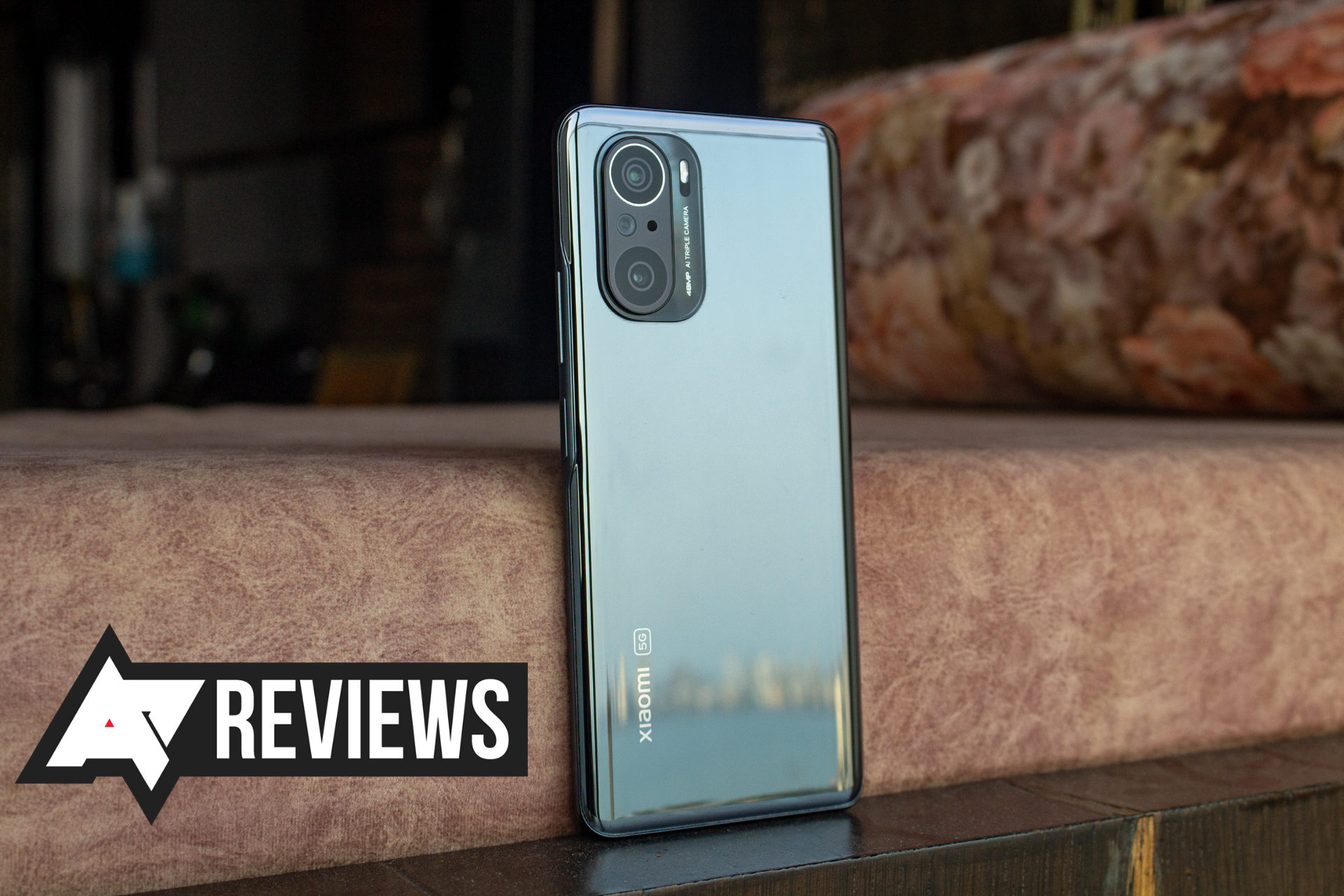
Xiaomi Mi 11X review: Flagship performance is getting cheaper this year
But you'll have to settle for a few compromises
With Qualcomm pushing 5G on its high-end chipsets last year, 2020 budget flagships weren't as enticing as the ones that came before. However, in addition to releasing a new flagship chipset this year, Qualcomm is rebranding and slightly tweaking last year's best chip. The Snapdragon 870 still offers flagship-level performance but for less money.

Mi Robot Vacuum-Mop P review: Xiaomi wipes the floor with its budget vacuum competitors
Xiaomi’s robot cleaner game is pretty much on point
Xiaomi has a reputation of offering great value across its vast product verticals, often without compromising on features (or quality, for that matter) — something you can also say about its first smart vacuum cleaner launched in India. The Mi Robot Vacuum-Mop P, as its name implies, is a versatile device that can do both sweeping and mopping, and spoiler alert: It’s pretty good at both. It’s got plenty of smart features to make your life a bit easier, but it goes without saying that you’ll have to make do with a few of its limitations as well, which may even turn out to be trivial based on how you plan on using the robot.

Xiaomi launches its first Dolby Vision-enabled QLED 4K TV in India
Getting into premium Android TV territory but without the hefty price tag
Typical to Xiaomi’s approach, its TV range in India has so far focused on budget offerings, massively undercutting the traditional players. After capturing a major chunk of the local smart TV market, Xiaomi is now stepping up to a slightly more premium space with its latest QLED model that aims to offer premium picture quality and design, but with pricing that's still affordable.
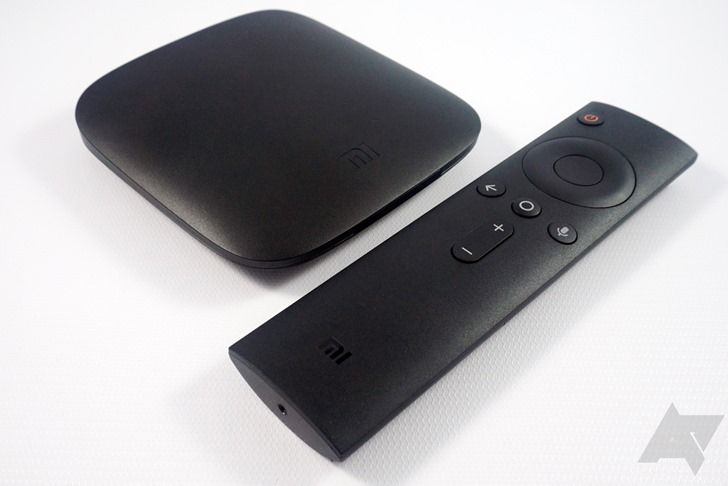
Xiaomi Mi Box 3 is now receiving Android 9 Pie, just in time for Android 11
The second major Android version released to this 4K box
Read update
One of the very first Xiaomi devices to officially land in the US was the Mi Box (known as the Mi Box 3 elsewhere) back in fall 2016. While the original model has already been replaced by the Mi Box S in the States, Xiaomi hasn’t stopped pushing newer updates to its nearly four-year-old box. Now the company's rolling out Android 9 Pie to those enrolled in the beta program.
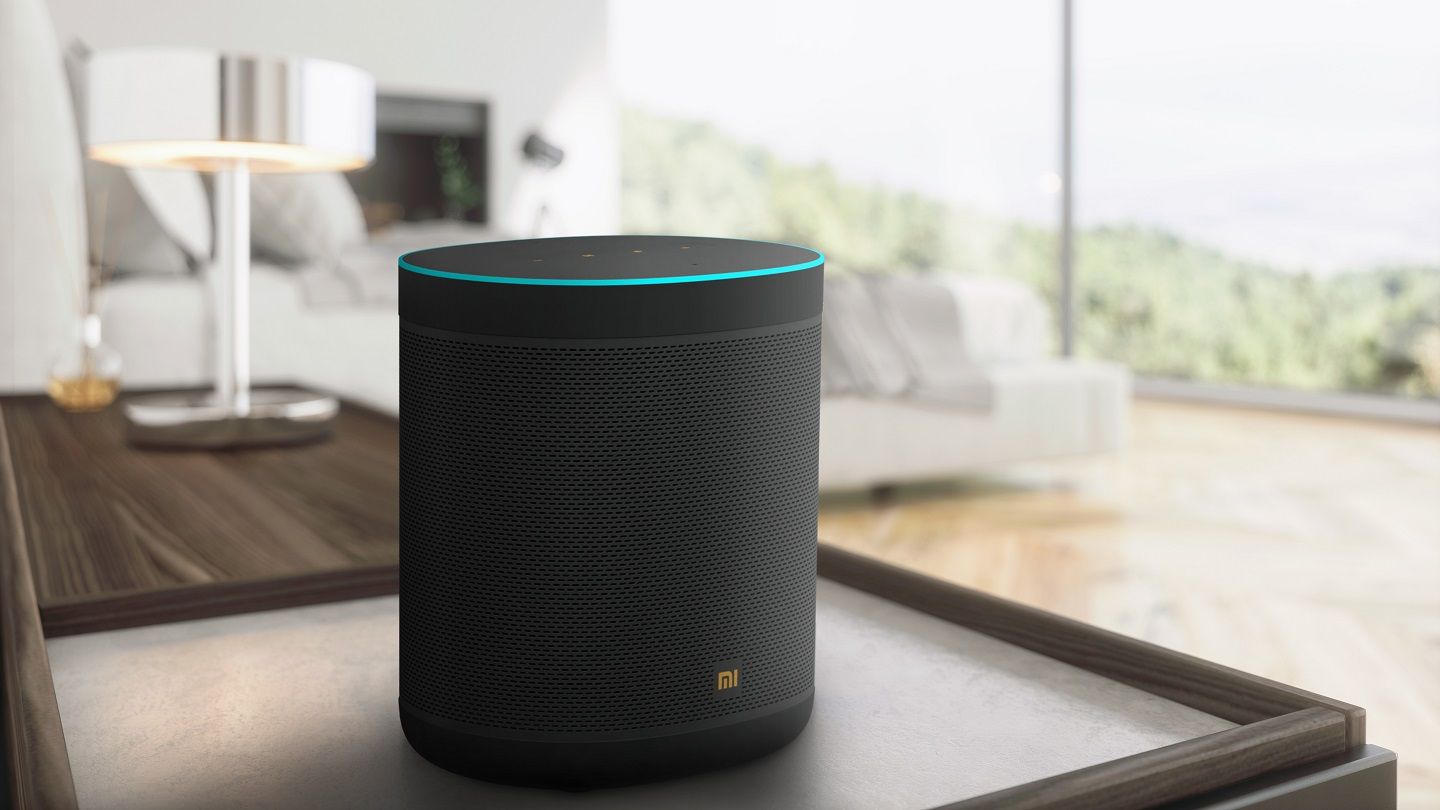
Xiaomi's first Google Assistant speaker looks like a Bose, costs a quarter of the price
Ok Google, Alexa asked for its blue light ring back
While most of us know Xiaomi for its extensive smartphone lineup, it maintains an even bigger ecosystem of IoT products back home. Looking specifically at smart speakers, Xiaomi does have a bunch on offer, but they all use a local voice assistant that only speaks Chinese. One of those speakers is now making an international debut as the Mi Smart Speaker with Google Assistant and Chromecast on board.

Poco unveils M2 Pro with Snapdragon 720G and hefty fast-charging battery for under $200
Xiaomi’s latest appealing entry into the budget smartphone segment
Xiaomi’s spin-off brand Poco started off with a spec-packed handset for less money but soon shifted to even more modest price segments to appeal to a broader userbase in markets like India. The last mid-ranger from Poco was the X2, and now the brand is bringing an even cheaper model. The latest entrant to the category is the Poco M2 Pro, which is an ambitious phone from Xiaomi costing a little under $200 in India.
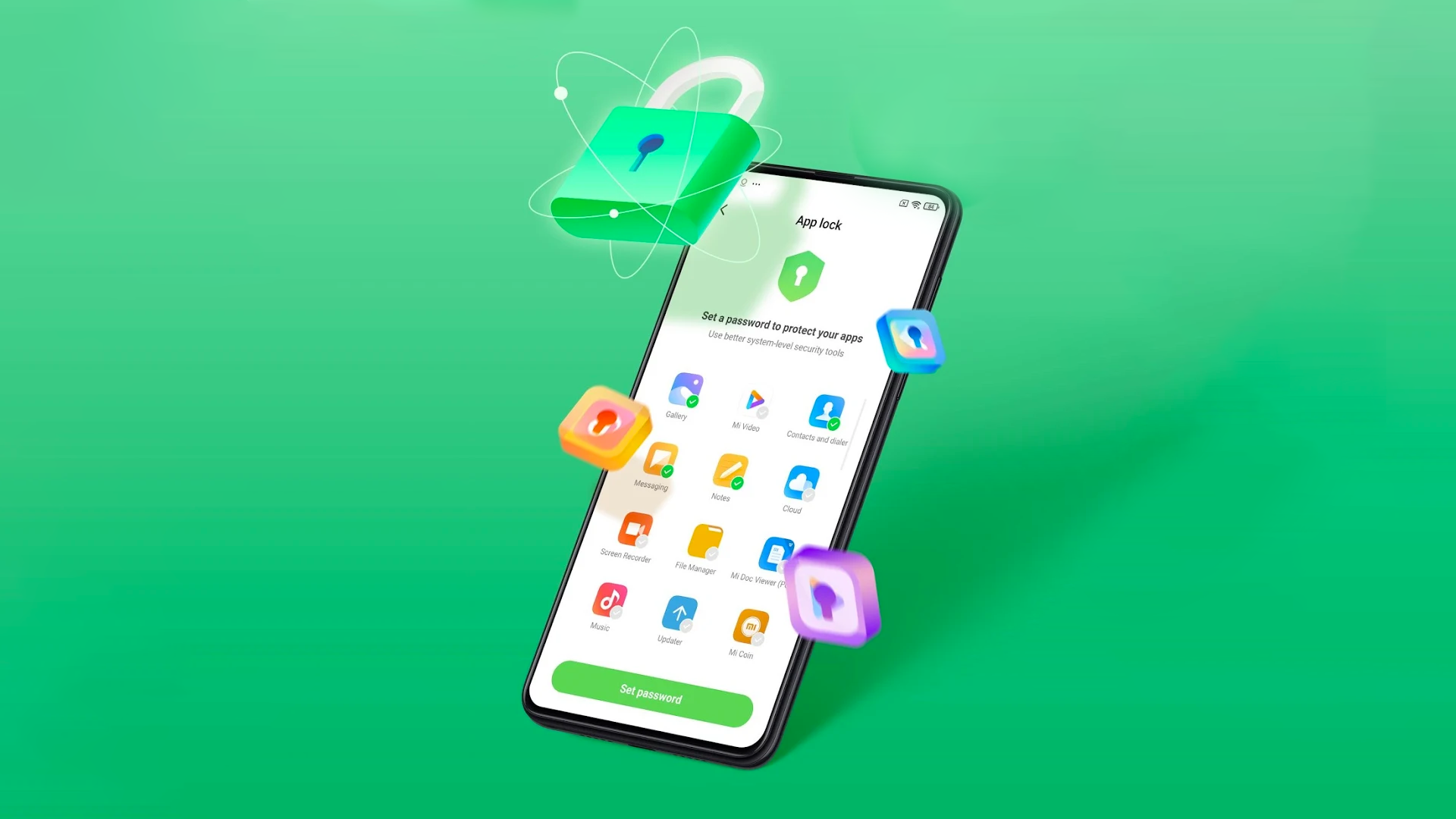
Xiaomi brings MIUI Security app to the Play Store for faster updates
Getting faster updates when it comes to security should be a good thing
Android has always taken flak from Apple for its OS update policies, but just because every Android device may not get system updates quickly doesn't mean they have to miss out on features. Google allows manufacturers to update system level apps through the Play Store without having to push entire system upgrades. Xiaomi is up to just that right now, publishing its core Security app to the Play Store.
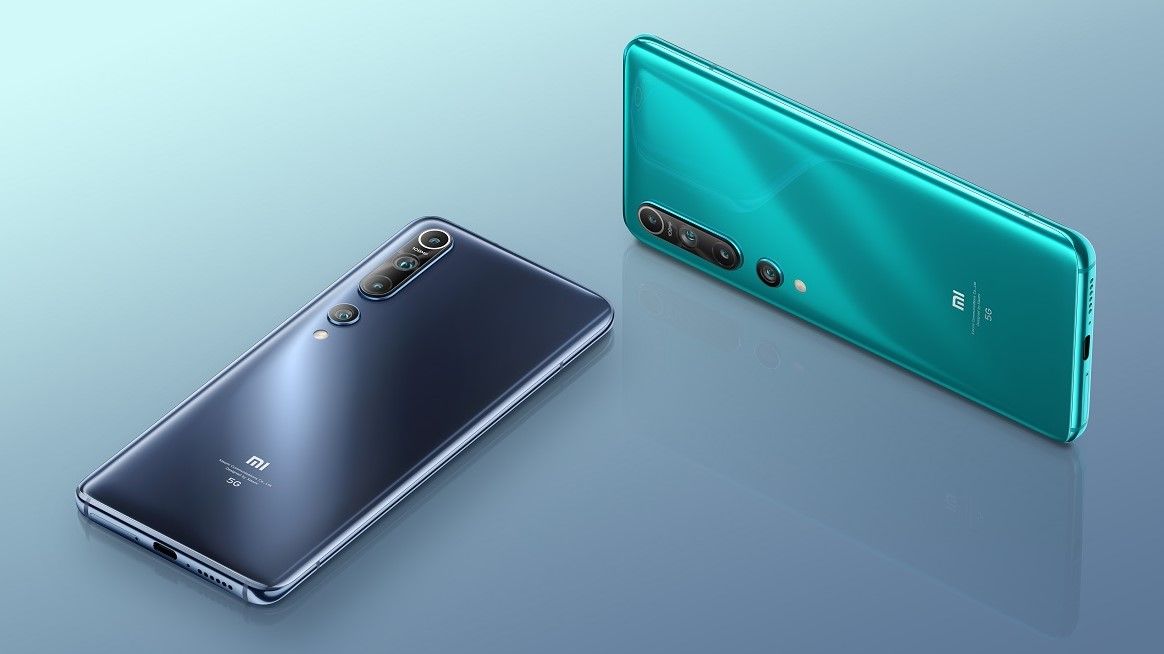
Xiaomi’s flagship Mi 10 5G and budget wireless earbuds land in India
Accompanied by the Android TV-powered Mi Box 4K
Xiaomi’s extensive reach in the Indian smartphone market is largely due to its entry and mid-tier phones popularized under the Redmi sub-brand. The company did branch out to budget flagships with the Mi Mix 2, Poco F1, and the Redmi K20 Pro in the last couple of years, but it kept this crucial market devoid of a real flagship. That changes now as Xiaomi has introduced its premium Mi 10 5G in India, along with a pair of truly wireless earbuds and a 4K Android TV box.
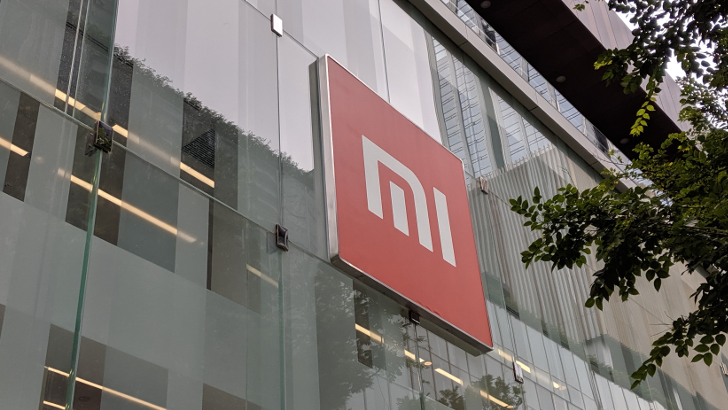
Xiaomi's Mint Browser records web searches and other data, even in Incognito Mode (Update: New opt-out setting)
Xiaomi denies any wrongdoing
Read update
- Xiaomi is rolling out an update to both Mint Browser and Mi Browser Pro that adds a setting to disable aggregated data collection while in Incognito Mode. However, not only is the option not enabled by default, but it takes three taps to get to it.
Xiaomi's phones are sold at incredibly competitive prices because there's very little profit margin — much like Amazon and Google, the company subsidizes its hardware with income from online services and data from its users. A recent report from Forbes claims Xiaomi's Mint Browser collects more user data than is necessary, but the company has denied any wrongdoing.

The Redmi Note 9 and Mi Note 10 Lite are Xiaomi's latest take on budget phones
In case their standard siblings weren't cheap enough
Xiaomi’s widely popular budget lineup is a complex nexus of sub-brands, rebrands, variants, and configurations. Just look how the recent Redmi Note 9 Pro series is sold under different names with slightly varying specs in many parts of the world, and the Poco X2 is a rebranded Redmi phone. Further adding to the muddle, the manufacturer just announced the non-Pro Redmi Note 9 along with a cheaper Lite variant of the Mi Note 10 line, which debuted in November.

Xiaomi announces Mi 10 and 10 Pro with 90Hz OLED and 108MP camera (Update: EU availability)
And they both support 5G
Read update
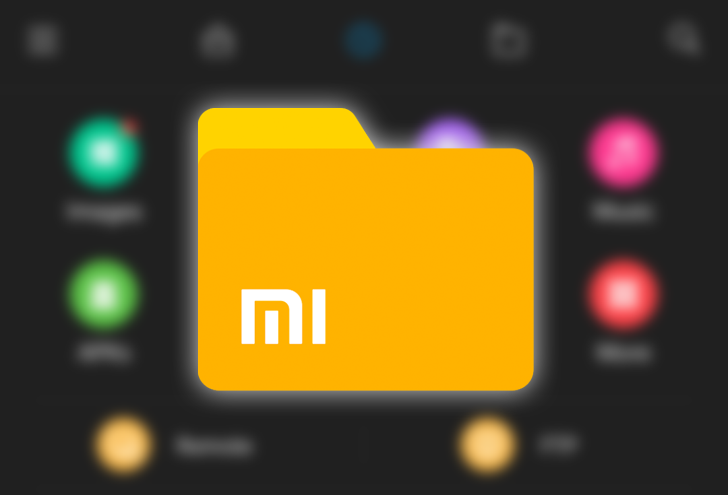
Xiaomi has introduced a system-wide dark mode in version 10 of its MIUI software, but the company is still in the process of darkening all its apps, including non-system ones. The latest app to receive that treatment is the Mi File Manager, but that's not the only change in its most recent update.

Taking a page from Oppo and OnePlus or Huawei and Honor, Xiaomi seems ready to spin its Redmi line-up into a separate, independent brand. This wouldn't be a first for the company though, as it already has the standalone Poco brand as well.

Read update
It's the fourth largest smartphone brand on the planet, and yet Xiaomi doesn't directly sell devices in some of the biggest markets such as the US and the UK. There have been rumors about an entry into the US market late this year or in early 2019, but before that, the Chinese company is officially launching in the UK on November 8th.

Though we knew it was coming soon, Xiaomi is officially launching its products in Italy just after landing in France a few days ago. From phones like the Mi Mix 2S and Redmi Note 5 to the Mi Electric Scooter, Italians can now join the Mi family. According to Wang Xiang, Senior Vice President of Xiaomi, the first authorized store opens on Saturday in Milan.

Xiaomi's phones are traditionally great value for money, and with the unveiling of the company's latest smartphone, there don't seem to be any plans to change that. The Mi 5X, despite its very iPhone-inspired looks, packs some impressive hardware inside for its 1499 RMB price. Xiaomi also announced the new Mi AI speaker, which takes aim at products like Google Home and Amazon Alexa.

We haven't seen much from Xiaomi of late, but rumors have been swirling about the company's next flagship device. Coming in as the newest entry to the Mi line, the Mi6's specs have leaked in various forms over the last few weeks. If they're to be believed, then this phone will be one to pay attention to this year.
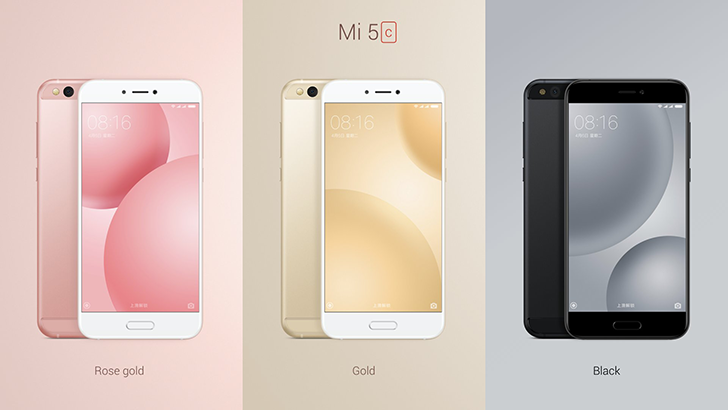
Xiaomi already introduced the Surge S1, the company's first SoC (system-on-a-chip) developed completely in-house. In addition to that announcement, Xiaomi unveiled the Mi 5c, its first phone with the new processor.
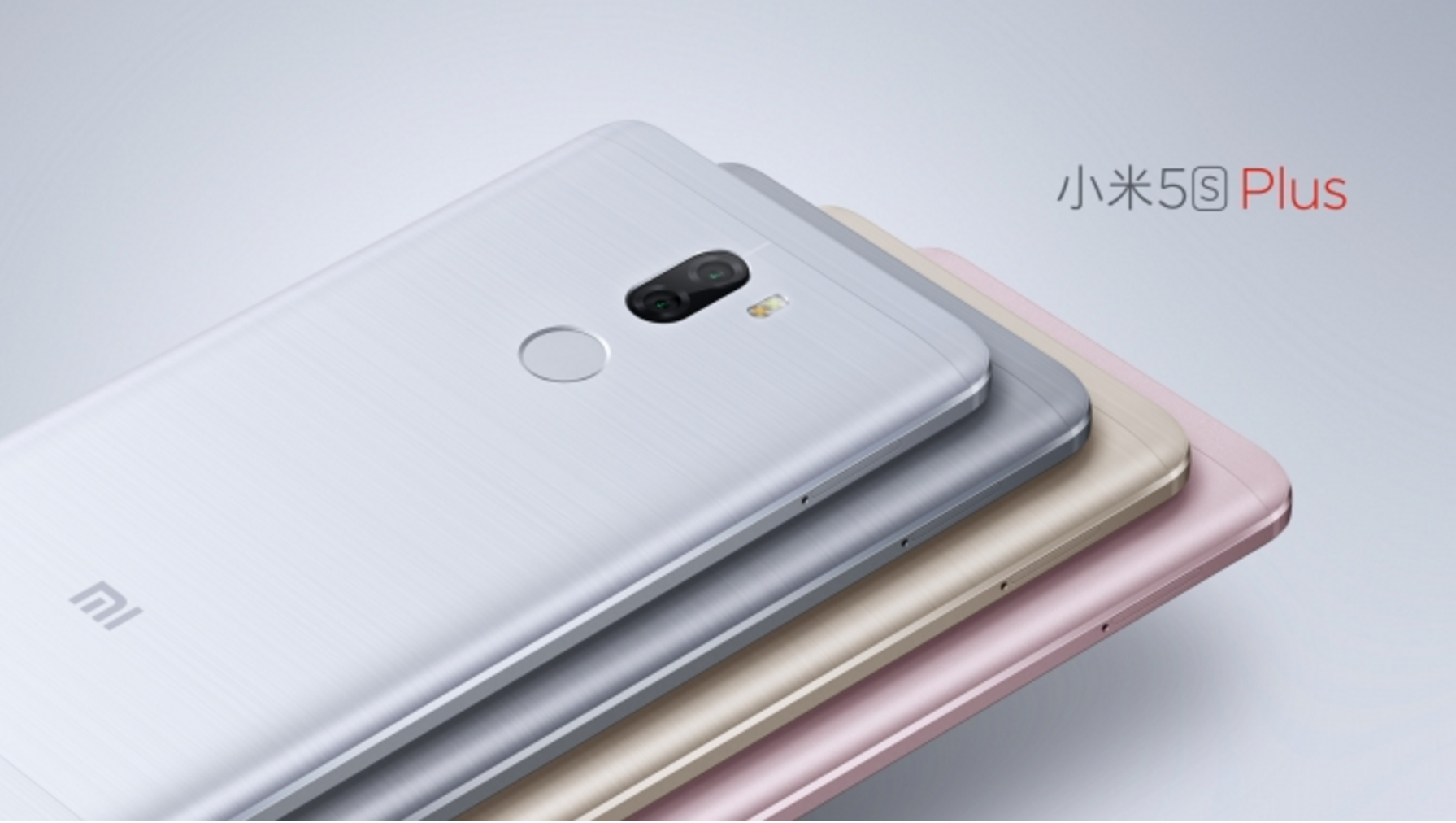
The Xiaomi Mi5 was only released a couple of months ago, but the Chinese company is already refreshing it with some improved specifications. In addition, Xiaomi has announced a larger version of the Mi5s, the aptly-named Mi5s Plus. (Does this naming scheme remind you of a certain fruit company's?) Both handsets sport excellent internals and great price tags.









